Mortimer Cadency Differences
Contributed by Hugh Wood
The coat of arms of a medieval family was a piece of property, owned by the male head of the household. On his death it passed to his eldest surviving son, if he had one. All other males in his family – brothers, uncles and sons – needed to difference the family coat of arms in some way for cadency. Until the 16th century there was no standardized system of differences in place, so it was a free-for-all. Later the eldest son added a label to the family arms and this was removed when he became the head of the family. But in the medieval period a label was used more promiscuously: it sometimes denoted the eldest son but not always.
The earliest images we have cadency differences seem to be in the various heralds’ rolls of arms of the late 13thC. The first of the images below comes from Collins Roll of c1295, the rest from a copy of the Herald’s Roll of c1280. The first three are sons of Roger Mortimer (d1282) while the other is a cousin of theirs. As you can see here, most coats of arms were differenced either by the addition of an extra charge of some sort, or by a change of tincture.

Roger of Chirk (d1326)

William (d1297)

Geoffrey (d1273)

John of Chelmarsh (d1313)
Differences like these were not temporary, but were generally passed down to form the official coat of arms of a cadet branch. William is known to have had no children, so his arms died with him. Geoffrey is thought to have died before his father. We don’t know whether he had children, but his arms are not seen again.
John’s or and gules version of the Mortimer arms was adopted by his father Hugh, who was a younger brother of Roger (d1282). He lived at Chelmarsh in Shropshire and these arms were associated with the Mortimers of Chelmarsh until 1403 when the last of the line was killed at the battle of Shrewsbury.
Tiles showing the Mortimer arms have been discovered in St Peter’s chapel in Ludlow castle, founded by Roger Mortimer (d1330) 1st earl of March in thanksgiving for his escape from the Tower of London in 1323. Similar contemporary tiles occur at several other sites, and the best place to find 14thC differenced Mortimer arms is the church at Bredon in Worcestershire. There is a wonderful collection of Mortimer floor tiles, including some with differences found nowhere else.


The tile on the far left, with the escutcheon ermine, clearly represents the 1st earl’s uncle, Roger of Chirk (d1326).
It has been convincingly argued that the other three tiles are the arms of three of the earl’s sons.
Geoffrey of Couhé was exiled to France after his father’s execution and the arms with a bend on the escutcheon are his. They were still visible on a building in France in the 19thC.


Roger’s eldest son Edmund (d1331) would need to difference his arms during his father’s lifetime and it is suggested that the shield with the label represents him.
That leaves the arms with a demi-lion on the escutcheon. It is suggested that these were the arms of the 1st earl’s second son Roger who died before his father and had no issue. The use of the demi-lion is interesting. It is clearly an allusion to the arms of his mother, Joan de Geneville, shown on the right, which also occur at Bredon.
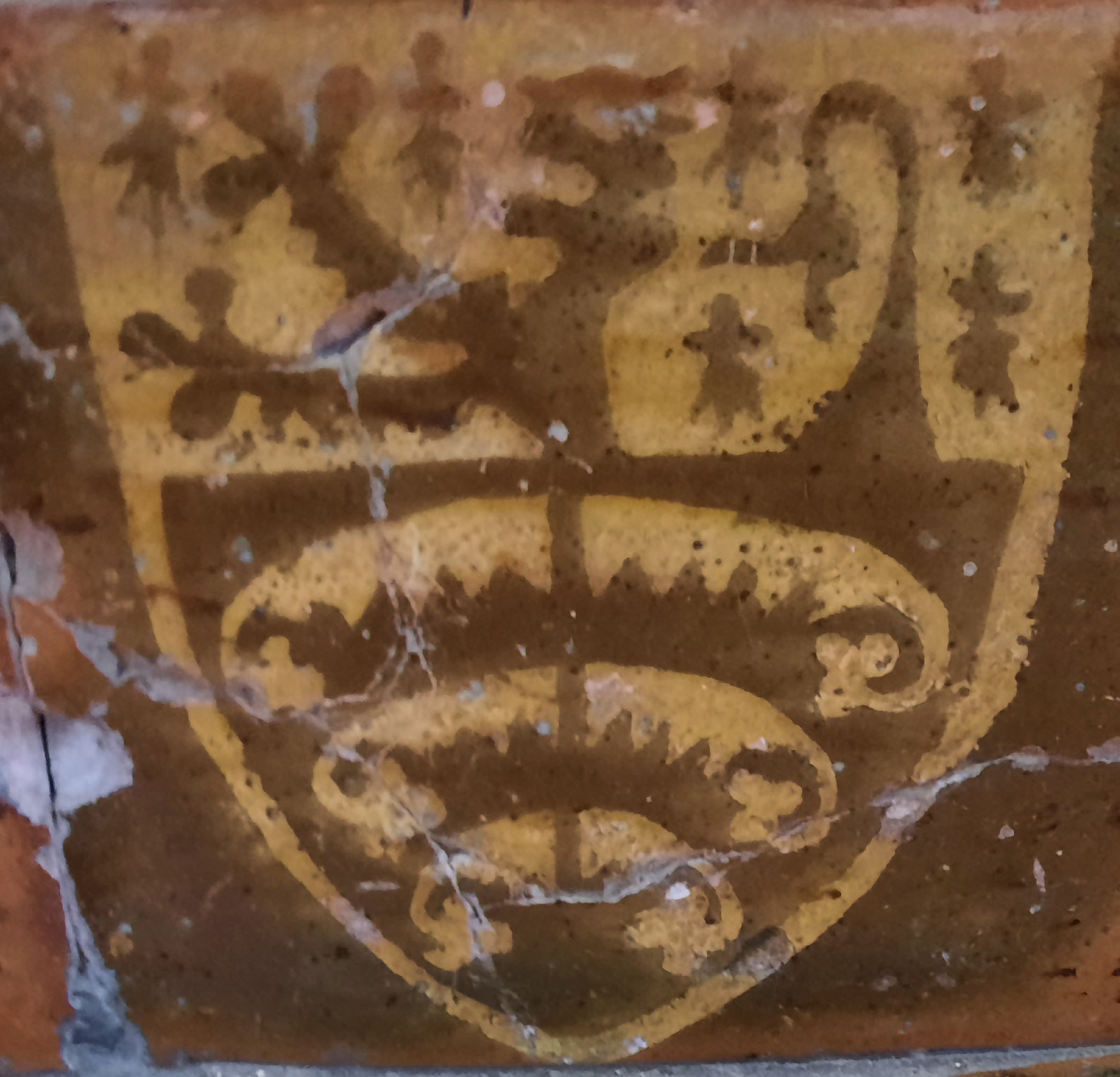
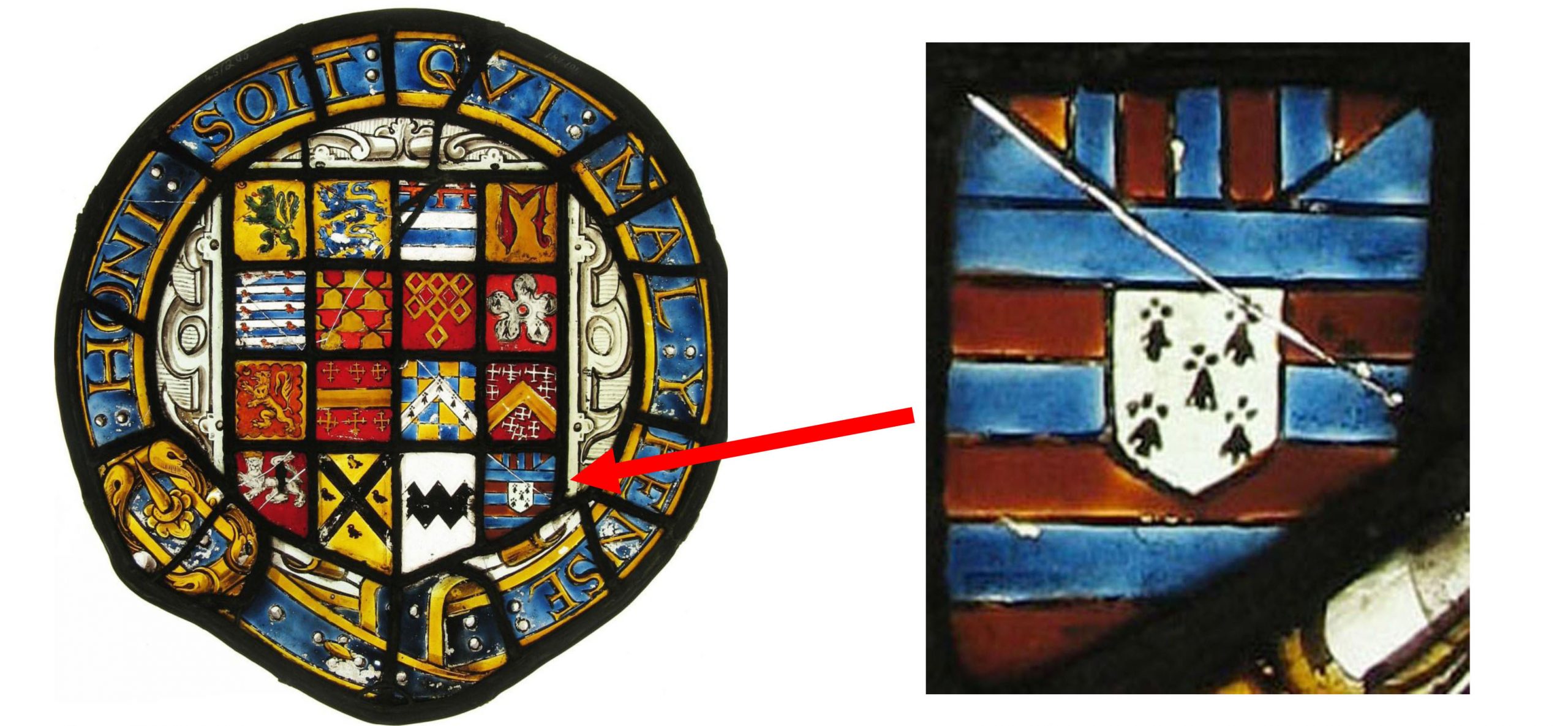
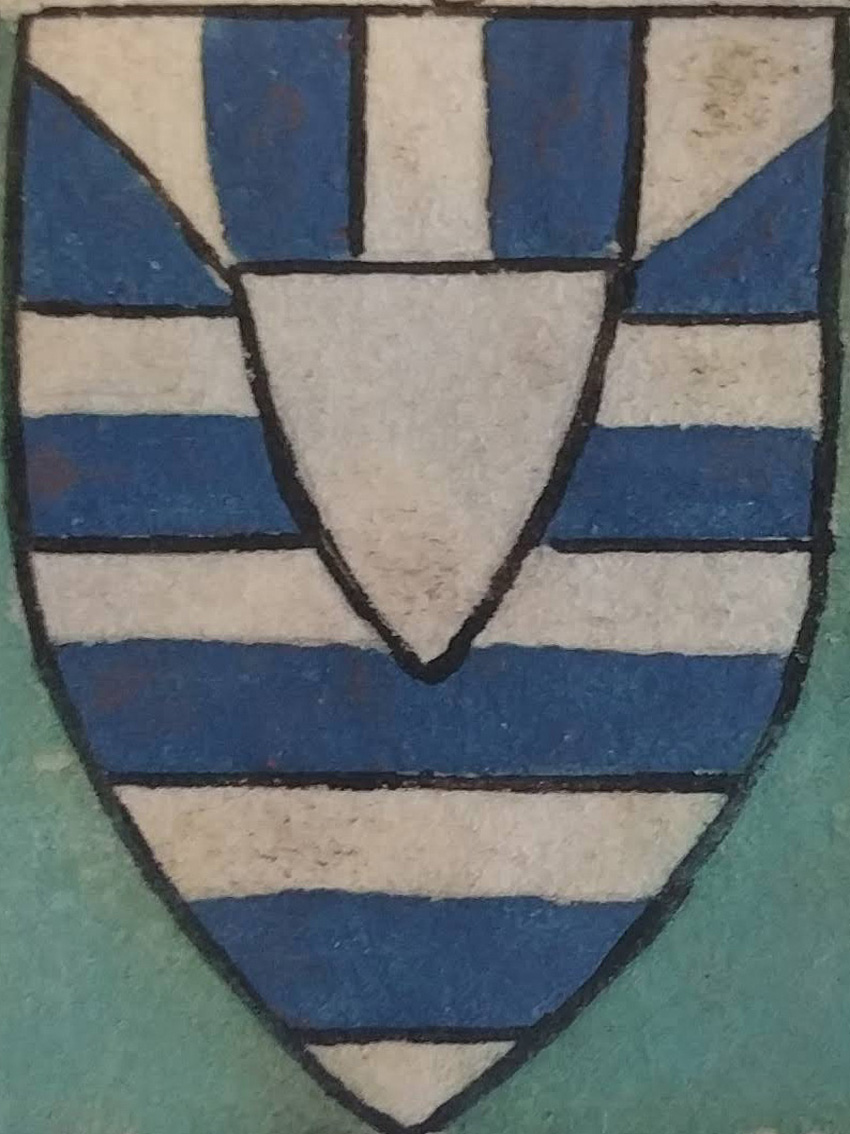


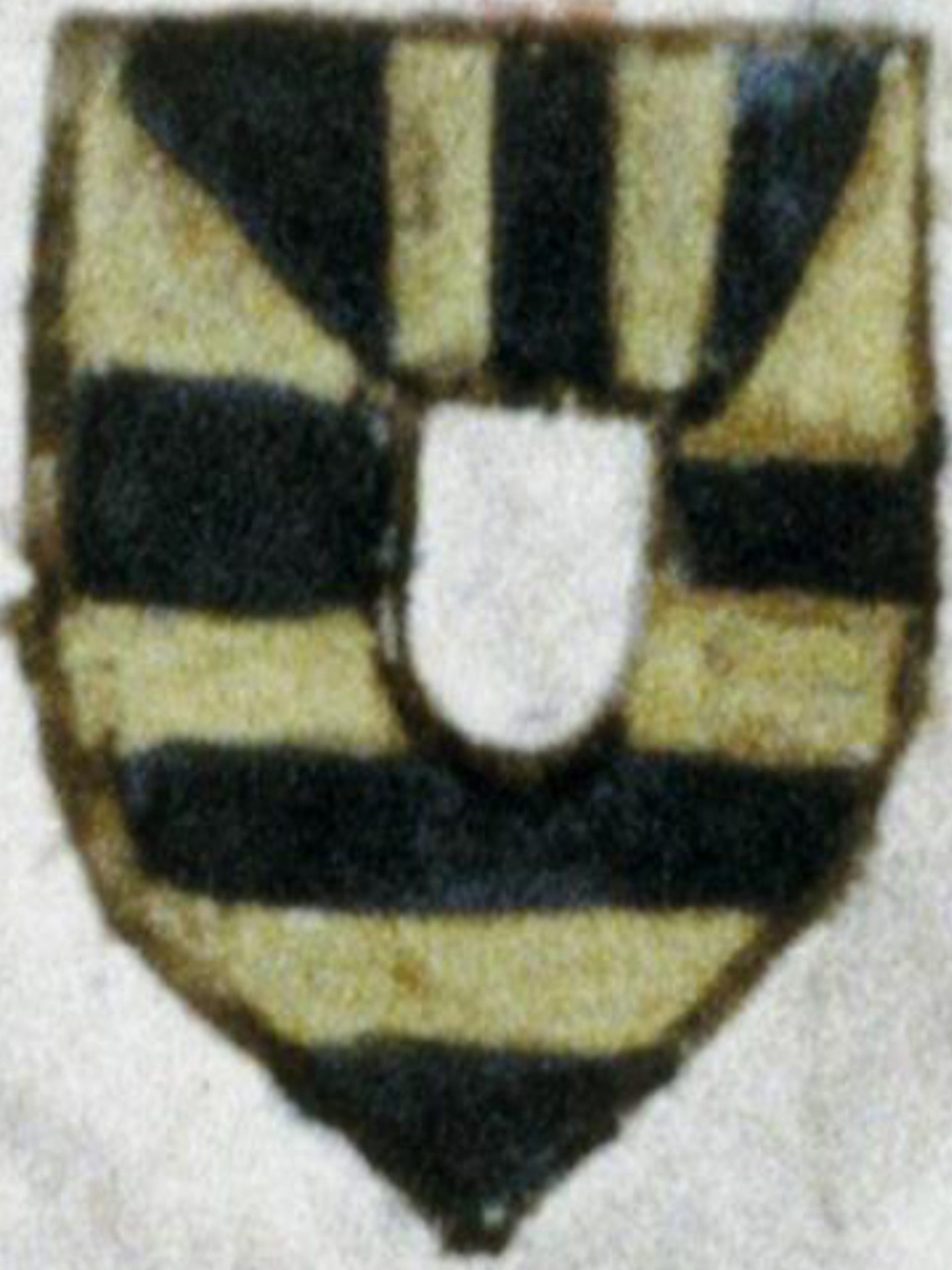
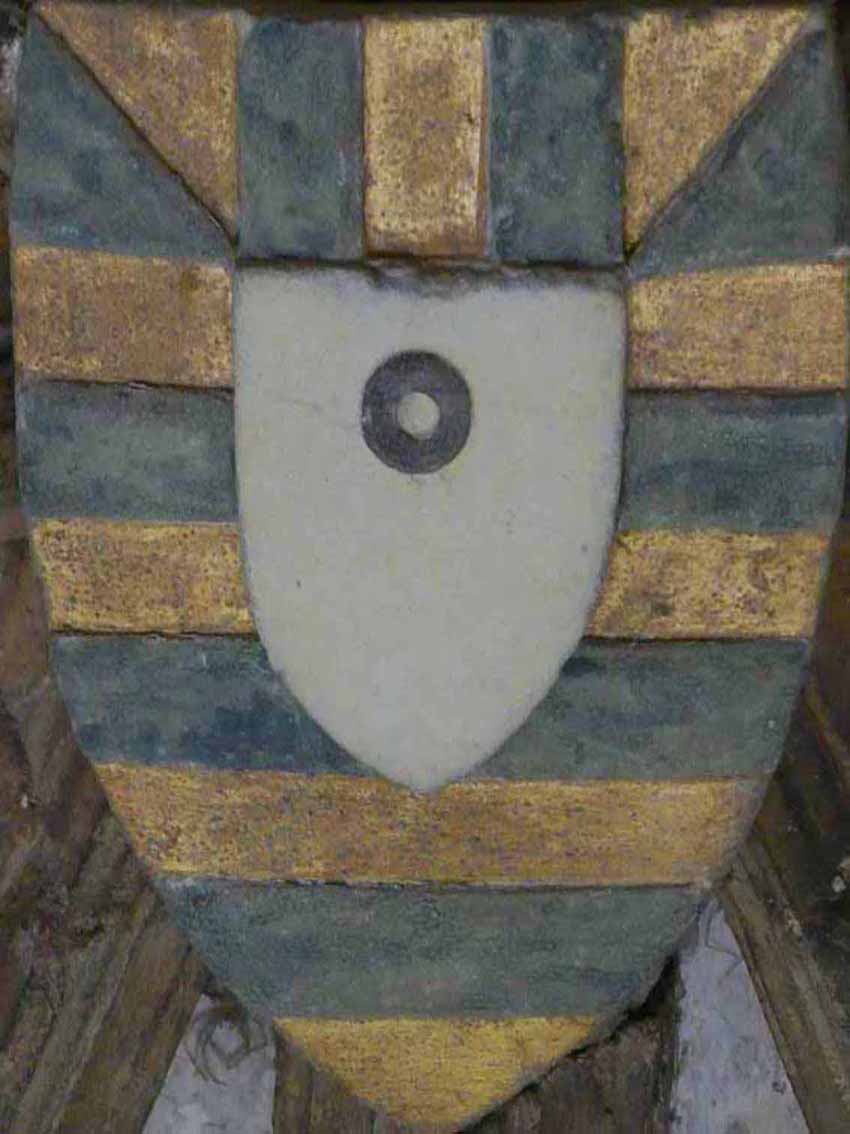
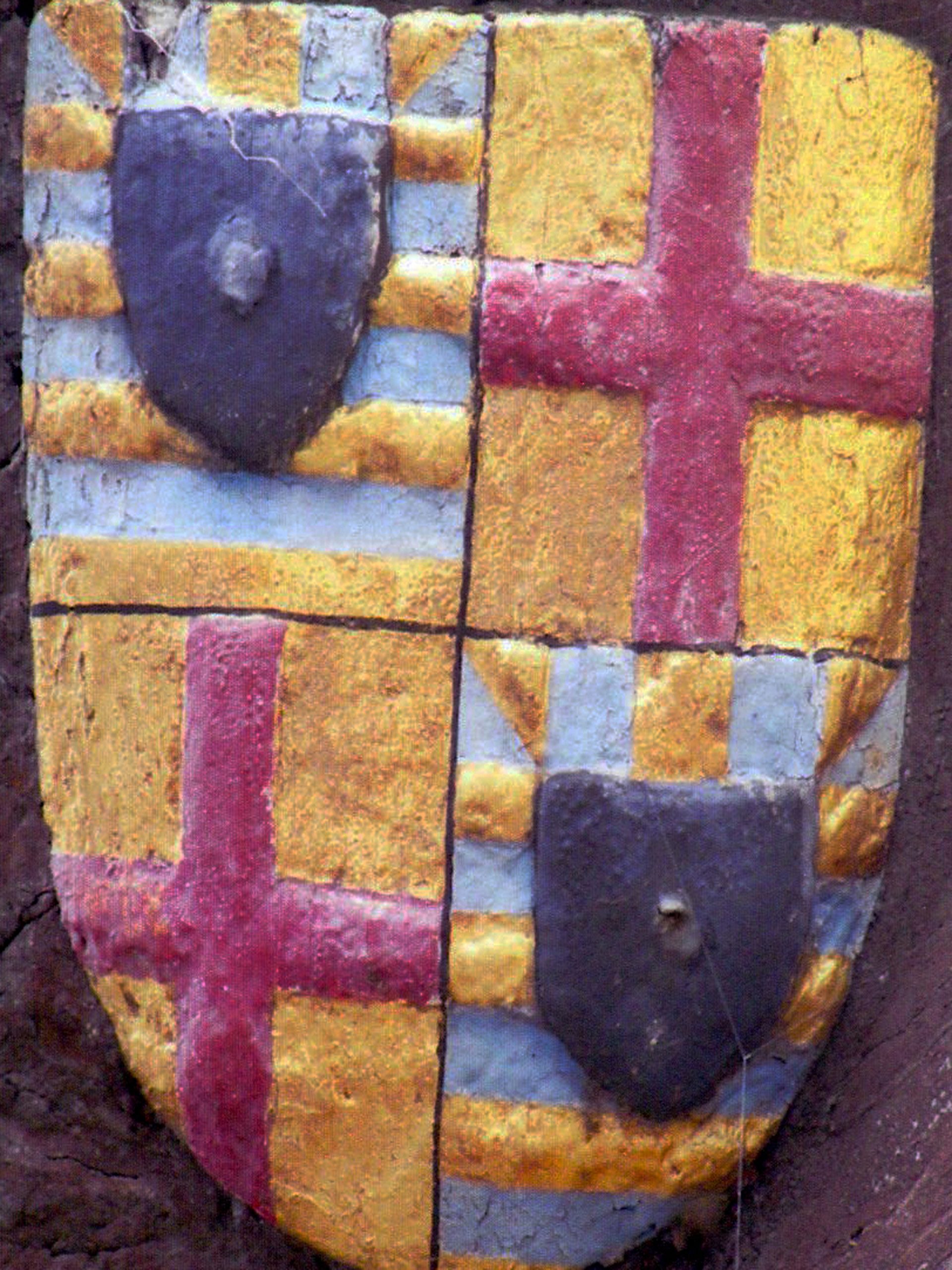
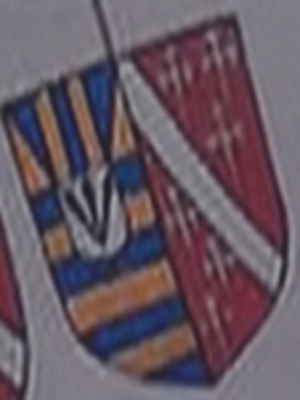

Leave A Comment